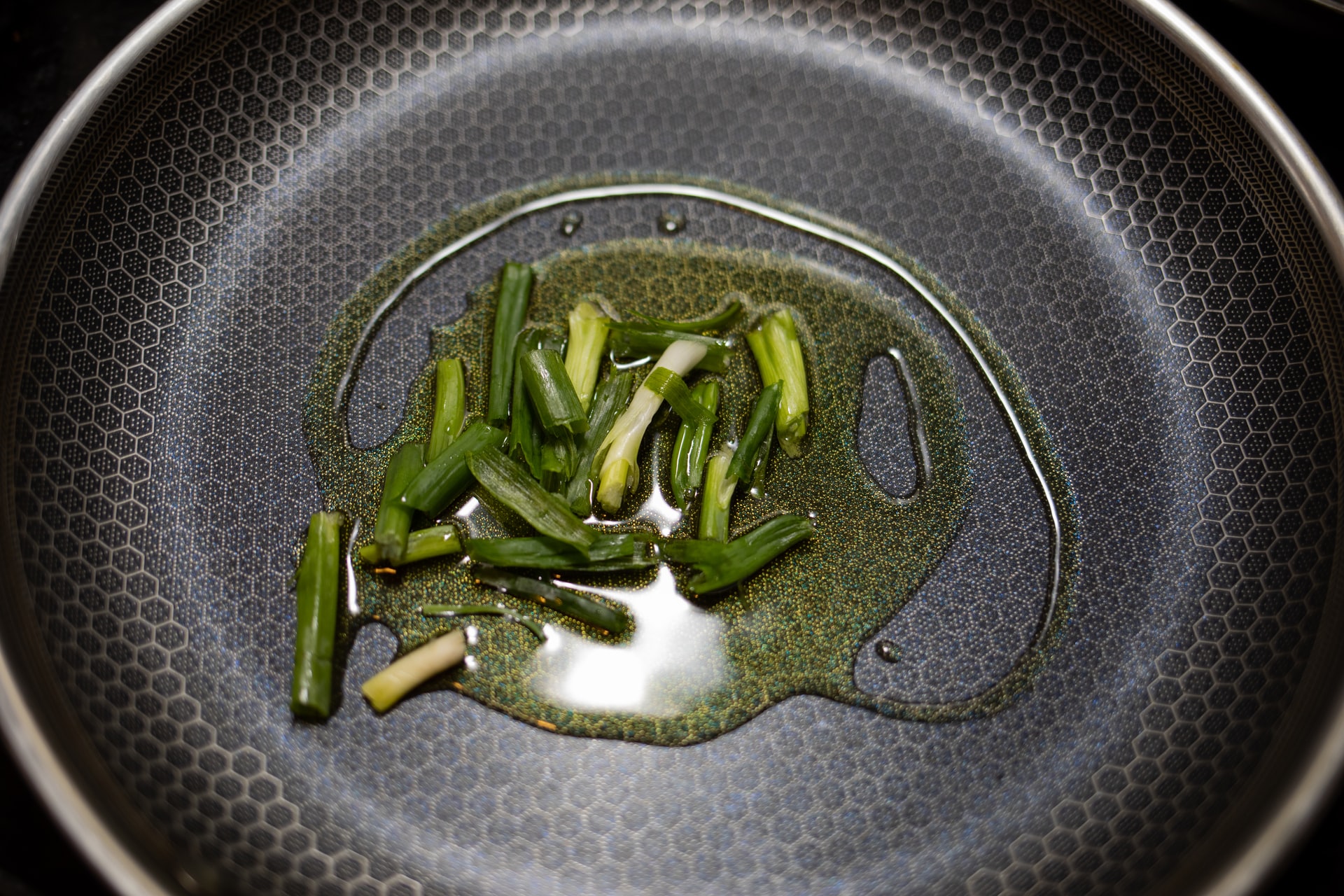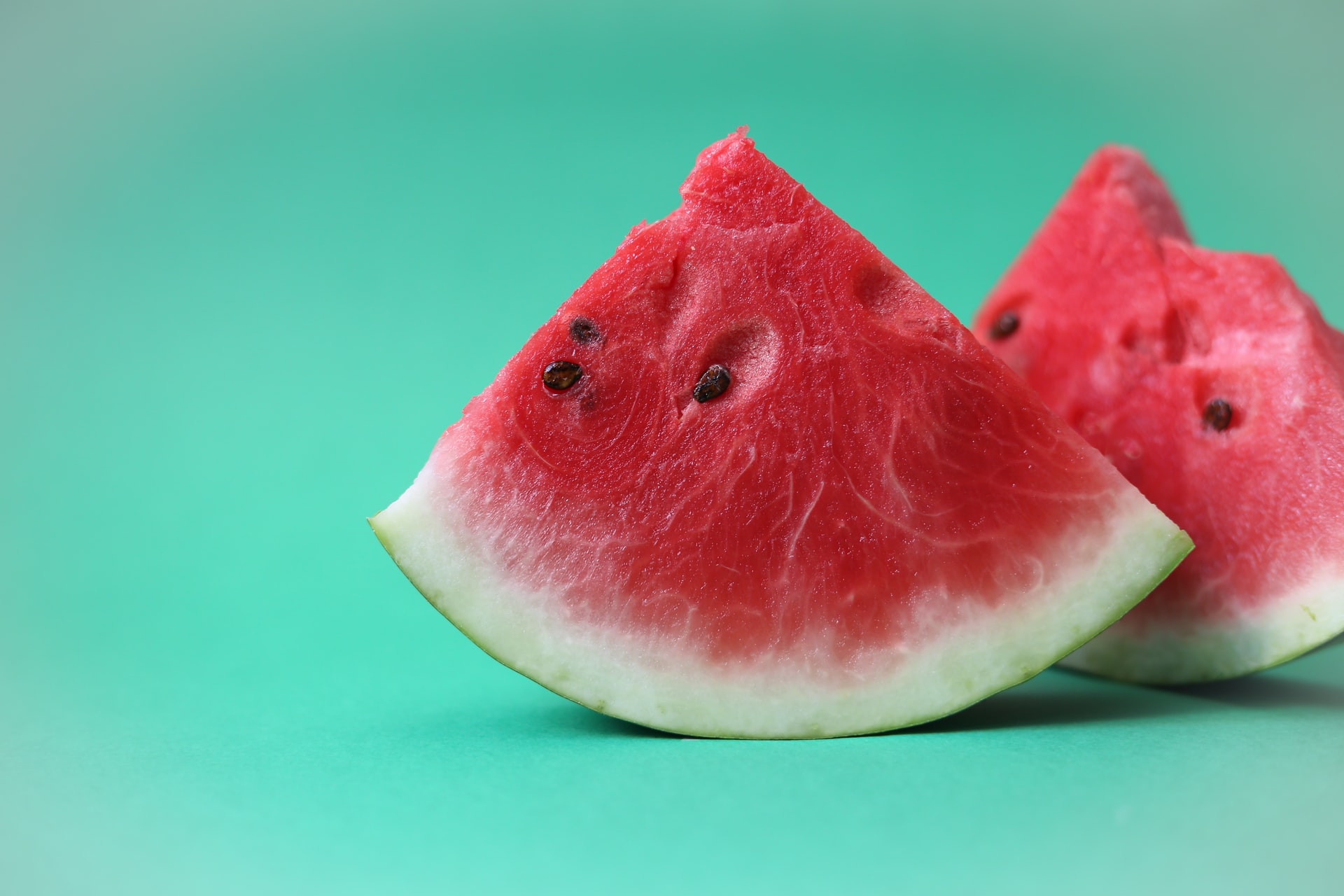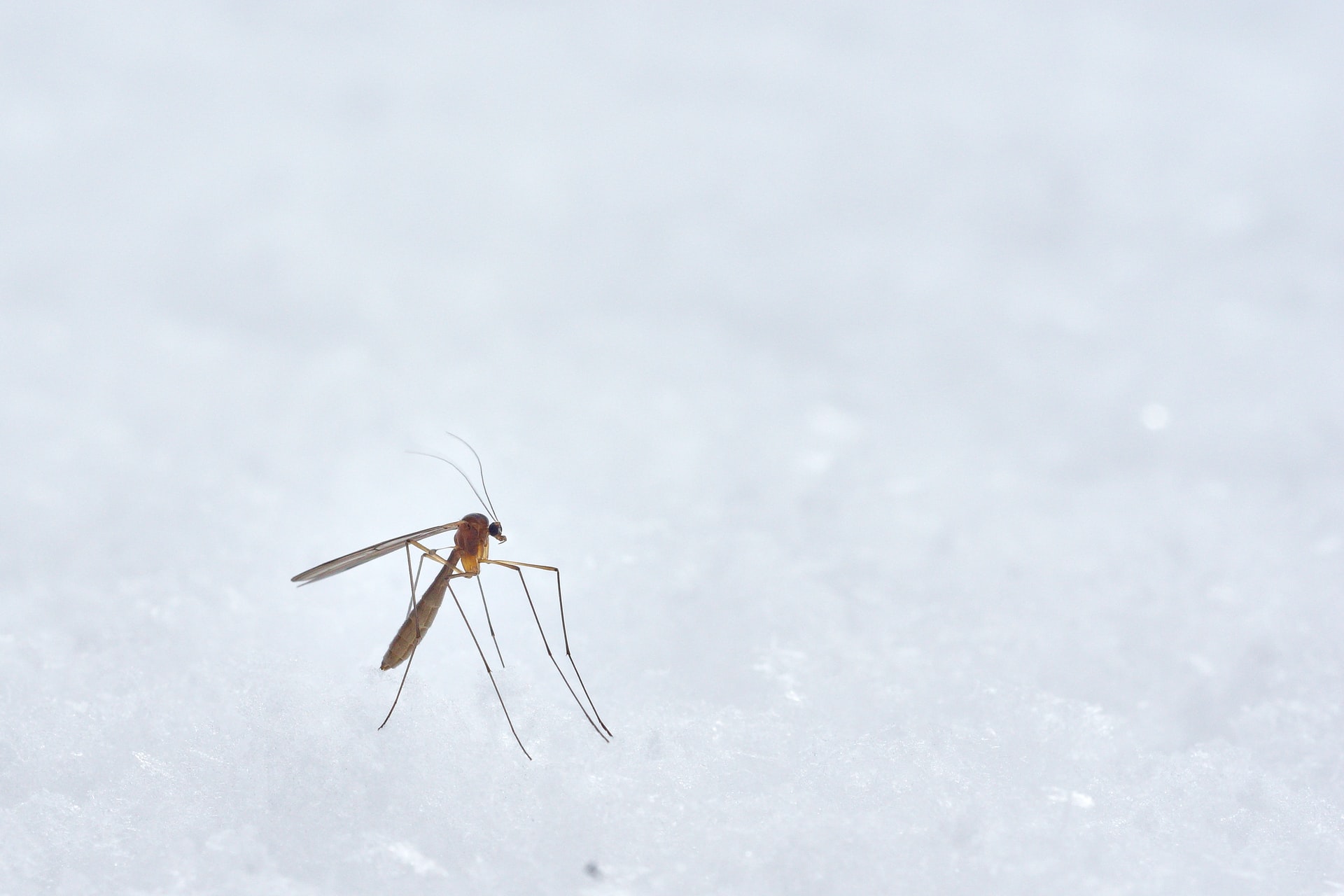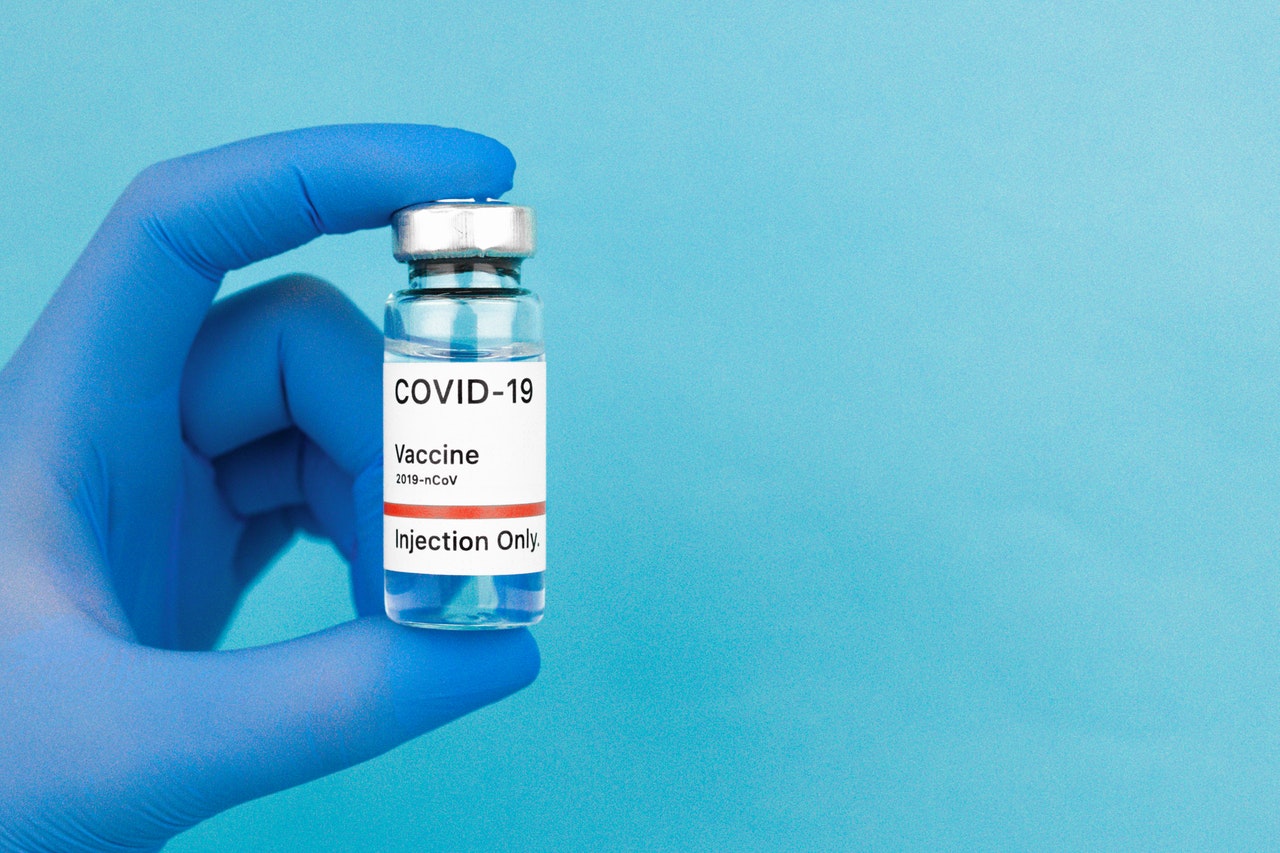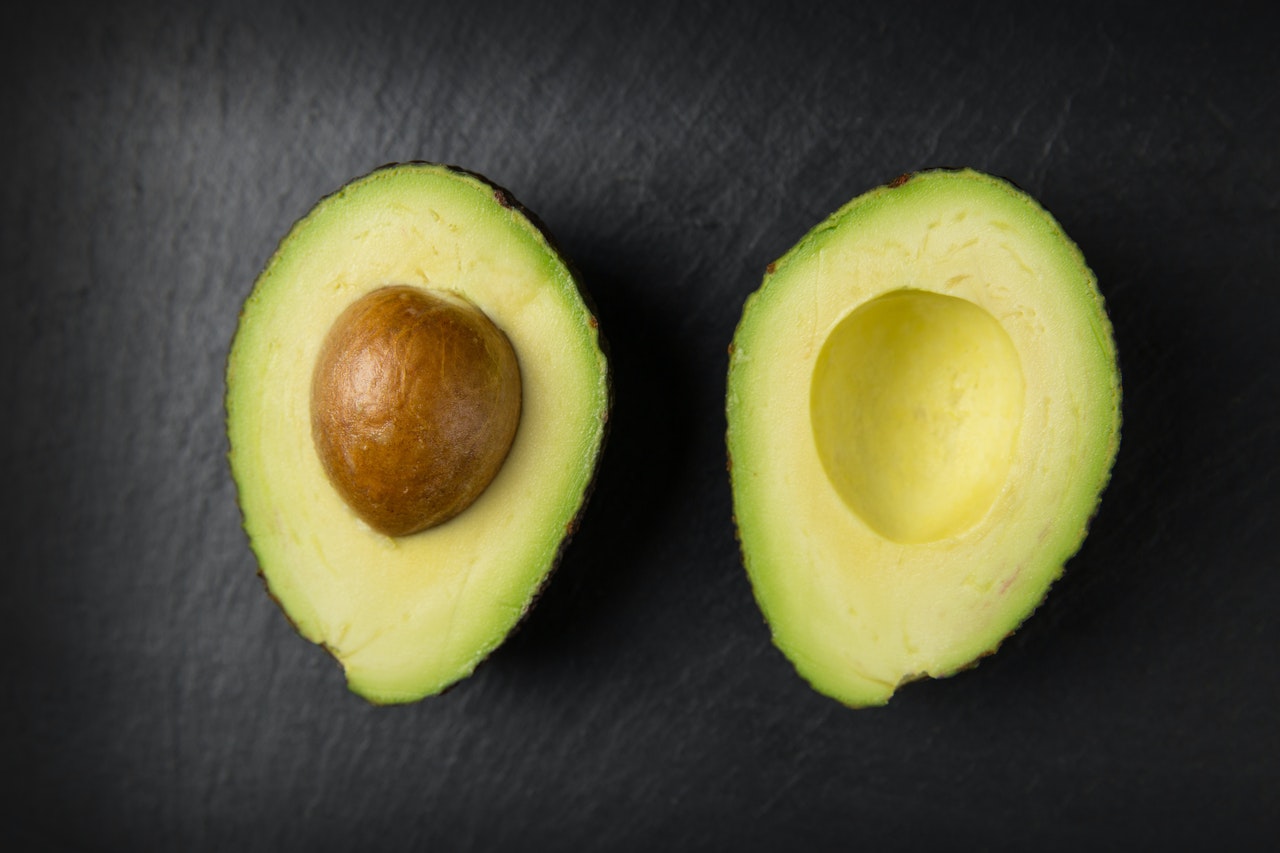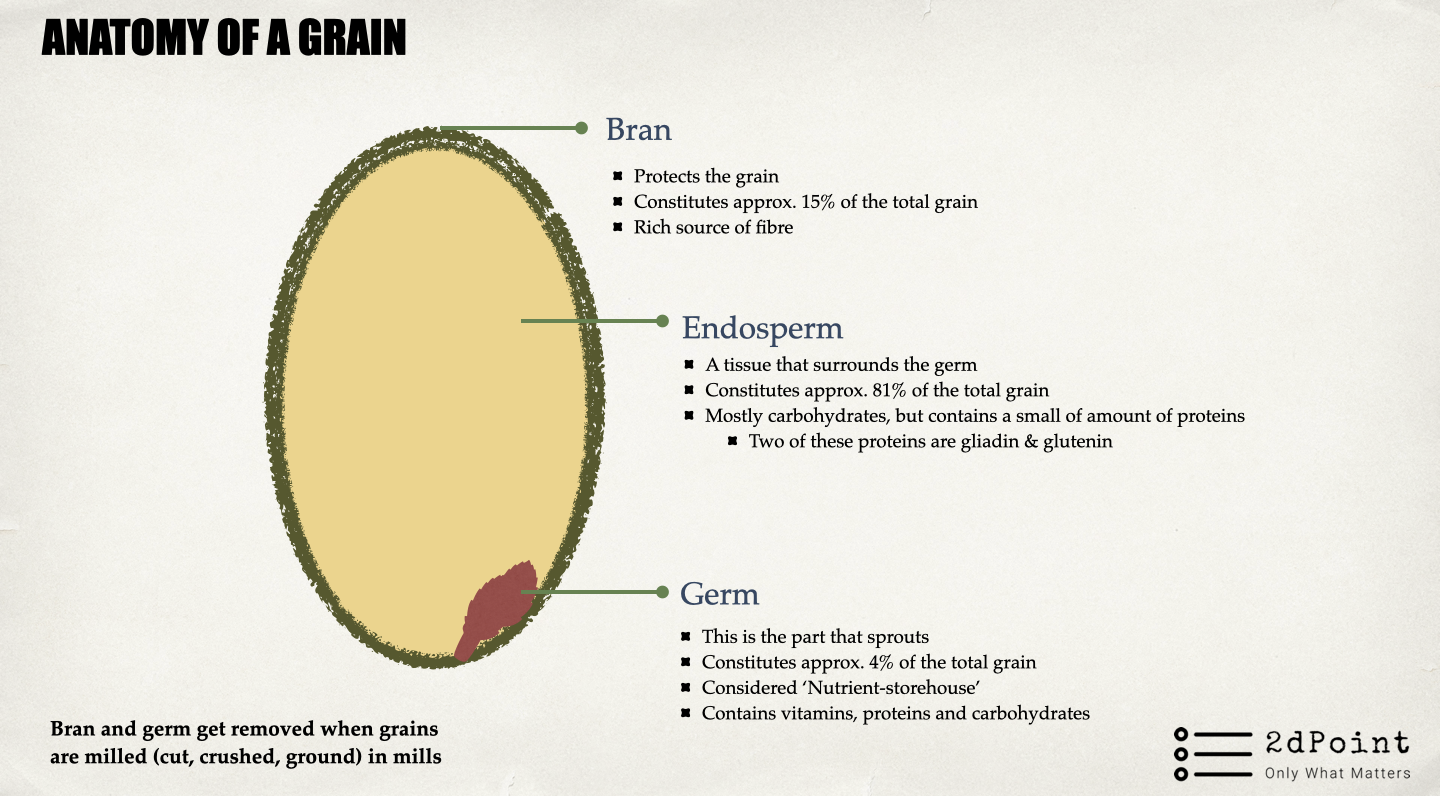Reading Time: < 1 minutes
- The tongues of most mammals hold taste buds that contain taste receptors.
- Different taste receptors detect different tastes: sweet, sour, salty, bitter, and umami.
- When we eat food, some of it dissolves in our saliva and comes in contact with the taste receptors.
- Depending upon the flavour, a particular taste receptor activates and sends information to an area in the brain (gustatory cortex) that identifies the taste.
- The sweet receptor is made up of two proteins generated by two separate genes —Tas1r2 and Tas1r3.
- Though cats’ taste buds are similar to those of humans, Tas1r2 is kind of broken.
- So, the proteins to make the sweet receptor function can’t be made.
- There is still no conclusive theory on why Tas1r2 in cats (and lions, tigers, etc.) is broken.
- But experts say it could be because cats are obligate carnivores, i.e., they must eat animal products to survive.
- And they don’t need carbohydrates in their diets.
- So, their taste buds may have evolved to accommodate their dietary needs — no need to detect sweet tastes.
- The cat family is the only one that can’t taste sweetness among all the mammals examined so far.
- Cat owners may claim that their beloved pets love ice cream and doughnuts, but it’s the fat that cats enjoy.
Image courtesy of Inge Wallumrà through Pexels
Reference shelf :



